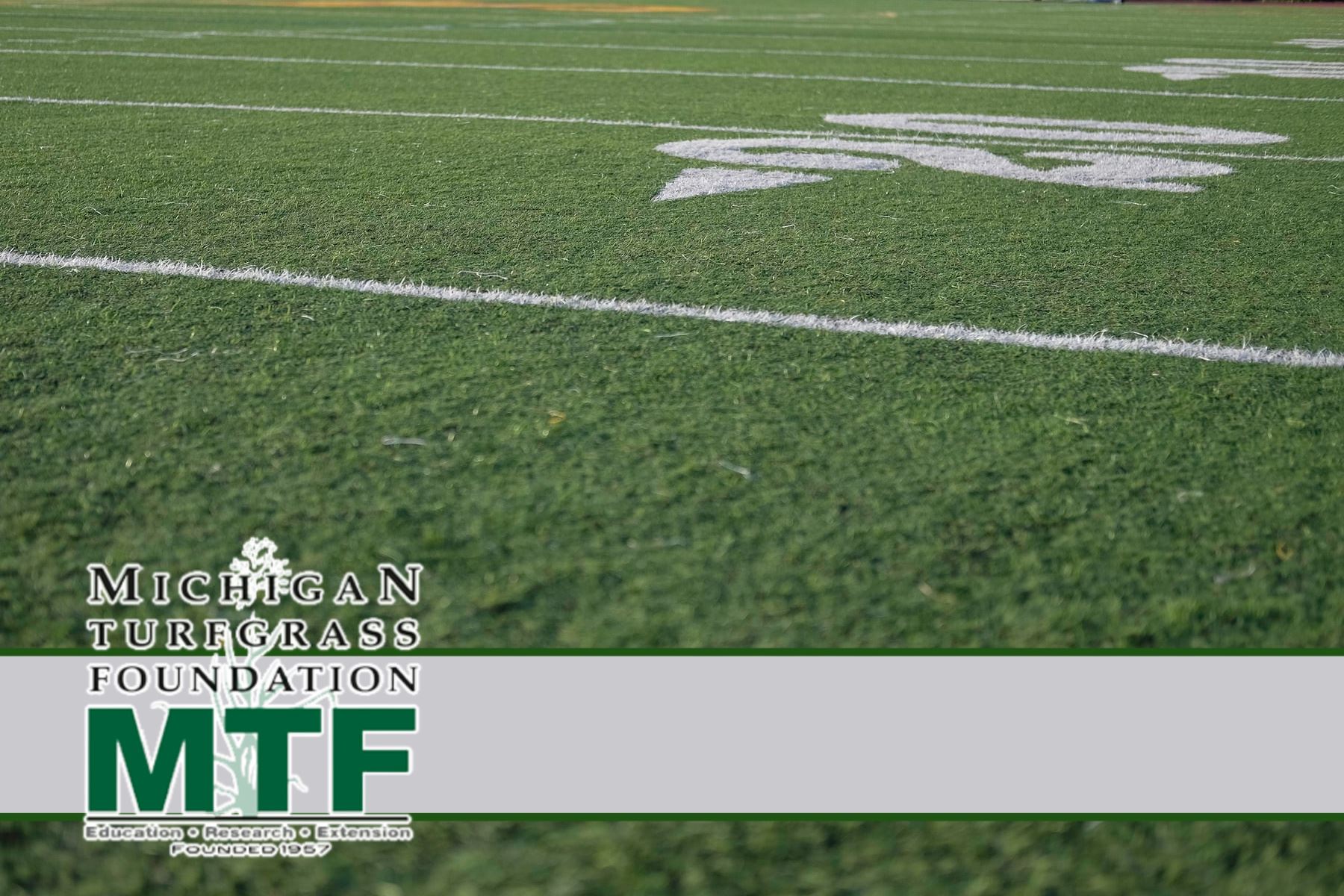
Join the MTF Board
The Michigan Turfgrass Foundation is currently seeking candidates for the Board of Directors to represent Sports or Institutional Turf. Interested candidates should contact Dan Lucas, head of the Nominating Committee.
We would also like to thank Kelly Rensel (Great Lakes Loons) for the tireless work, dedication and the knowledge he shared during his time as a Board Member with the Michigan Turfgrass Foundation.
The Michigan Turfgrass Foundation is a non-profit organization which arose from the need for better turfgrasses and better methods of turfgrass maintenance. Since its incorporation in 1957, the MTF has achieved success in fulfilling these needs through research and education. Located at the Robert W. Hancock Turfgrass Research Center on the Michigan State University campus, the MTF continues its success in these areas by working closely with the University.
MTF members are representative of homeowners, golf courses, seed, sod and stolon growers, municipalities, parks and recreational areas, school boards, landscape contractors, lawn maintenance contractors, custom lawn applicators, athletic associations, cemetery associations and other facets of the industry.
The business affairs and the activities of the Michigan Turfgrass Foundation are governed by a Board of Directors composed of twelve (12) members plus the Executive Director. The Board of Directors is composed of representatives from each of the following organizations or groups:
Michigan Golf Course Superintendents Association (4)
A Commercial Turfgrass Supplier's Representative
A Cemetery, Park, Sod or Sports Turf Representative
A Lawn Care Representative
A Lawn Maintenance Representative
A Lawn Applicator Representative
At Large Representatives (3)

Register today for our online golf auction benefiting turfgrass research. Some of the best Midwest and Michigan golf courses are up for grabs starting April 25th!
